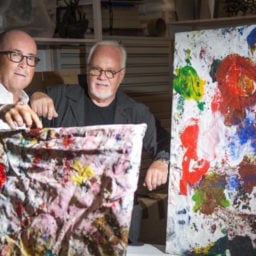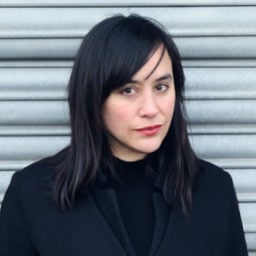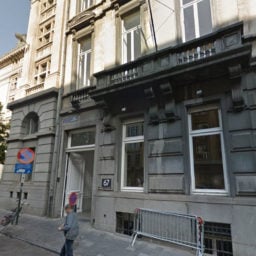Working in the arts is a well-documented game of chance but, over the centuries, artists have built support networks in the places where they live and work either by receiving financial support or by generating commercial growth.
New York and London are notoriously expensive in terms of basic living costs, but provide networks, both social and commercial, that can outweigh the hardship.
In other cities throughout the world, however, artists have what appears to be a better deal, be it cheaper living costs or systemic governmental support. Here we look at which cities best support their artists and why.
Oslo
The stipends available to artists in France, the Netherlands, and Scandinavia are legendary, but in recent times both Sweden and the Netherlands have slashed arts budgets. Meanwhile, Norway and Denmark have maintained their programs.
Johanne Nordby Wernø is director of The Young Artists Society (UKS), an organization based in Oslo, Norway. UKS, formed in 1921, is the equivalent of an artists’ union and exhibition space, providing members with support, materials, exhibitions, promotion, and lobbying on their behalf.
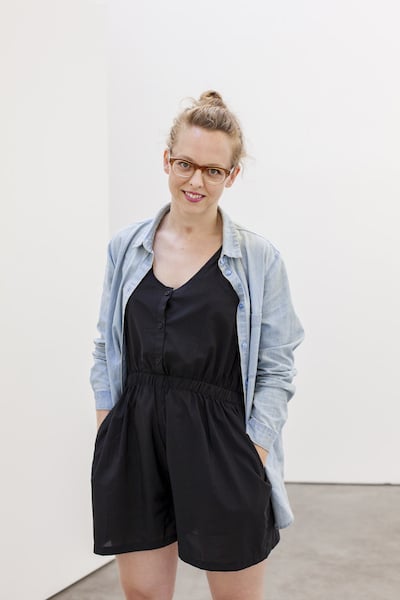
Johanne Nordby Wernø, director of UKS in Oslo
Photo: Courtesy UKS
“Among the political projects we’re currently working on is our suggested so-called Artist’s Assistant Program, where newly graduated artists would get paid a salary by the government to get know-how by working as part-time assistants for more experienced colleagues.” Nordby Wernø told artnet News. “Our most important political effort over the past few years has been a large-scale survey of the studio conditions of artists in all the [worlds’] biggest cities.”
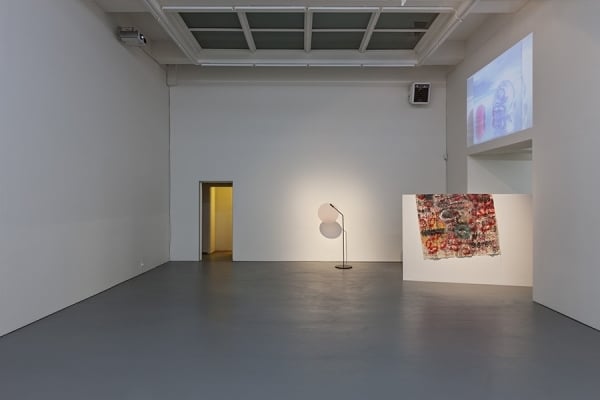
Installation shot from the exhibition “In Search of an Author” at UKS.
Photo: Courtesy UKS
Although the financial aid available to artists in Norway—which varies from grants for materials to financing work breaks for those employed full time in other areas—are still in place, budget cuts are a constant threat. In any case, governmental support can facilitate creativity but not commercial growth.
“We also definitely need to improve the commercial art scene in Norway—this, too, would clearly have an impact on artists’ incomes,“ Nordby Wernø warned. “We have so many great artists with no gallery representation—there simply aren’t enough gallerists. The most important thing is to have a will, a vision, and respect for one’s own scene. With those attributes in place, a city can do wonders for the visual arts.“
Brussels
For Belgian artists, the lack of a solid commercial scene is not a problem. With thriving commercial galleries, systemic governmental support, excellent and affordable transport links to Europe, and lots of collectors, Belgium is surely the place to be for up and coming artists living on the continent.
“In the last 25 years there has been an immense revolution in the support of artists,” says Catherine de Zegher, director the Museum of Fine Arts in Ghent, who campaigned for artists’ rights in Belgium during the 1980s.
“We not only have a stipend, supporting the irregular income of artists. We also have special a tax system to support this,” de Zegher elaborates. “It’s about how can you ease the nomadic and irregular lifestyle of artists. This not only includes the fiscal system, but also the welfare system.”
These policies undoubtedly foster the national art scene, particularly in Brussels, which has seen its gallery scene flourish along with the increasing success of Art Brussels, an art fair which positions itself as supporting emerging artists and galleries.

WIELS Contemporary Art Centre in Brussels
Photo: via Wikipedia
Katerina Gregos—curator of the Belgian Pavilion at the 56th Venice Biennale, curator of the 5th Thessaloniki Biennial, and artistic director of Art Brussels —thinks that Brussels’ unique qualities add to its thriving scene.
“Brussels is a unique place, it has all the qualities of a small city but, at the same time, it is extremely international and cosmopolitan for a city of its size,” Gregos told artnet News of her adopted home. “Thankfully, perhaps because Brussels is so chaotic and politically complicated, it has so far better been able to resist city ‘imaging’, city marketing, and fast-track gentrification. The pace is relaxed here and there isn’t the mad, competitive rush that one encounters in London and Paris, or the sense of self-image and self-importance. These are qualities I hope won’t disappear and these are the qualities that draw artists to the city,” she explained.
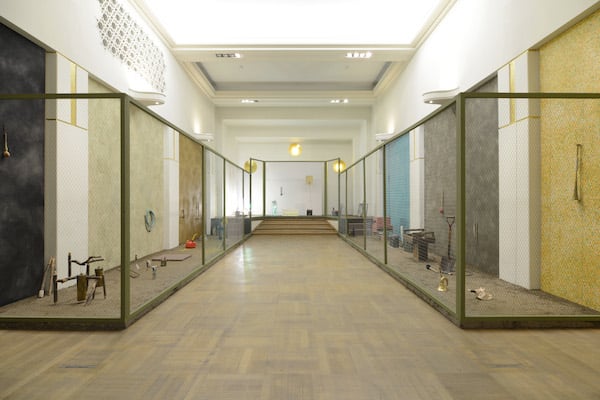
Gareth Moore installation at privately run project space La Loge in Brussels
Photo: courtesy of La Loge
Anne-Claire Schmitz, director of La Loge—a privately run project space in Brussels, located in a beautiful restored 1930s ex-Masonic lodge and featuring work by an international range of artists—stresses the real desire of people who live in Belgium to bolster the contemporary art scene.
“WIELS, which began seven years ago, is actually a private initiative started by people in real estate, curators, and collectors,” Schmitz told artnet News. “Together, they worked on making it possible to make a center for contemporary art, from finding a building to programming exhibitions.”
WIELS Contemporary Art Center, is run with both public and private money. This flexible approach means that artists from all over the world are now coming to Belgium, starting artist-run projects spaces, and trying to snap up affordable living and studio spaces. The Belgian model has facilitated both commercial success and grassroots creativity.
Mexico City
One thing that money cannot buy (although it clearly helps) is organic development, and Mexico City is fast taking the lead in the growing art hubs in Central and Latin America, which includes São Paulo and Bogotá.
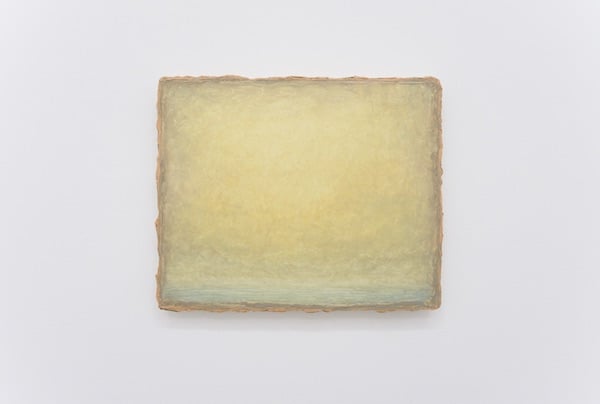
Lucas Arruda, Untitled (Deserto – Modelo) (2015) from the current exhibition at Lulu, Mexico City
Photo: Courtesy Lulu
With Material Art Fair, which focuses on emerging artists, celebrating its third edition in 2016 and international buzz around galleries, such as House of Gaga, Kurimanzutto, and the independent space Lulu, the city is attracting increasing attention from the international art world.
Chris Sharp, an independent writer, curator and co-founder of Lulu, said that although Mexico City has great governmental support and public museums, this could well be in danger of ending in the future due to government cuts.
“Some cultural bodies may just disappear,” Sharp told artnet News.”But, it does have some pretty strong commercial galleries and there are collectors here. Some great artists—Gabriel Orozco for example—put Mexico on the map in the 90s and this brought in international interest, which has boosted the scene.”
Although Mexico City is inexpensive for foreigners, Sharp warned that it takes time for an outsider to establish oneself on the art scene, even up to three or four years. However, he explained that he is in the city for the long haul, rather than to profiteer.
“The art world almost always spearheads gentrification and that can be a good or bad thing,” he told artnet News. “It’s about making a positive impact on the places you live in. I think there’s an ethical model that’s worth sticking to.”
Related stories:
Art Brussels 2015 Brings Solid Sales to the European Capital
Independent Art Fair Heads to Brussels
Public Sculptures by Damien Hirst and Chapman Brothers Unveiled in Oslo


